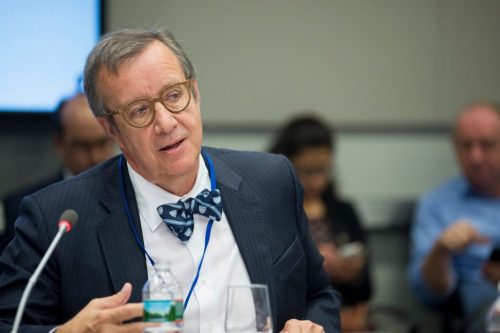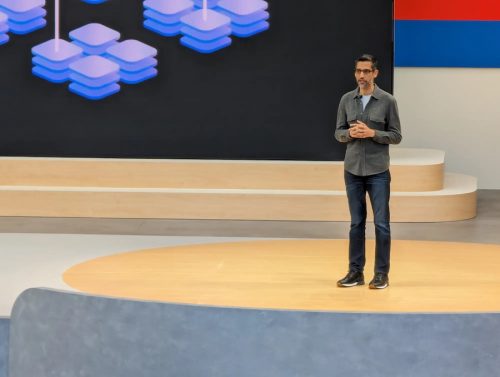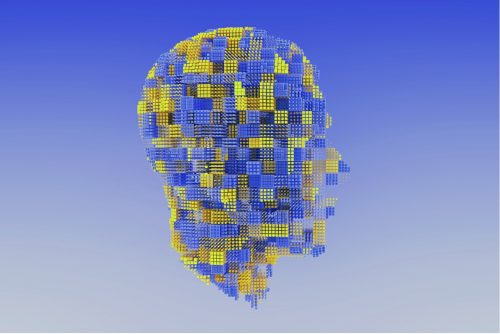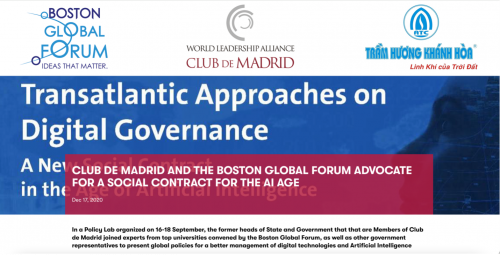On July 19, at the Digital Innovation Forum 2018 in Taipei, Toomas Hendrik Ilves—former President of Estonia gave a speech, sharing his experience in digitization.

During his presidency in Estonia, President Toomas Hendrik Ilves, honored as a World Leader in Cybersecurity by BGF in 2017, made his nation one of the most advanced digitalized societies, particularly when it comes to internet freedom and cybersecurity. Over the years, Estonians have gained internet access, improving computer literacy remarkably. During this time, data integrity and privacy were also kept secured.
He emphasized the role of political will in making digitalization feasible—meaning digitalization requires government’s cooperation when it comes to policy, facilitation, and promotion of technology. “A lot of countries do not have the political will to take the same steps,” said President Ilves.
So as to ensure people’s privacy, the country established a digital signature law. It also uses end-to-end encryption and two-factor authorization systems, which can only be decrypted by the recipient of a message.
Another measure to manage cybersecurity in Estonia was the X Road—“a distributed data exchange layer that enable e-services databases to link up and operate”, according to the Estonian President.
As technology is rapidly advancing, it is important to ensure this kind of privacy and security for user’s around the world. For developers, it is essential that they follow a certain set of moral codes as well. The AIWS 7-Layer Model, developed by MDI, is an example of these kinds of ethical standards.










